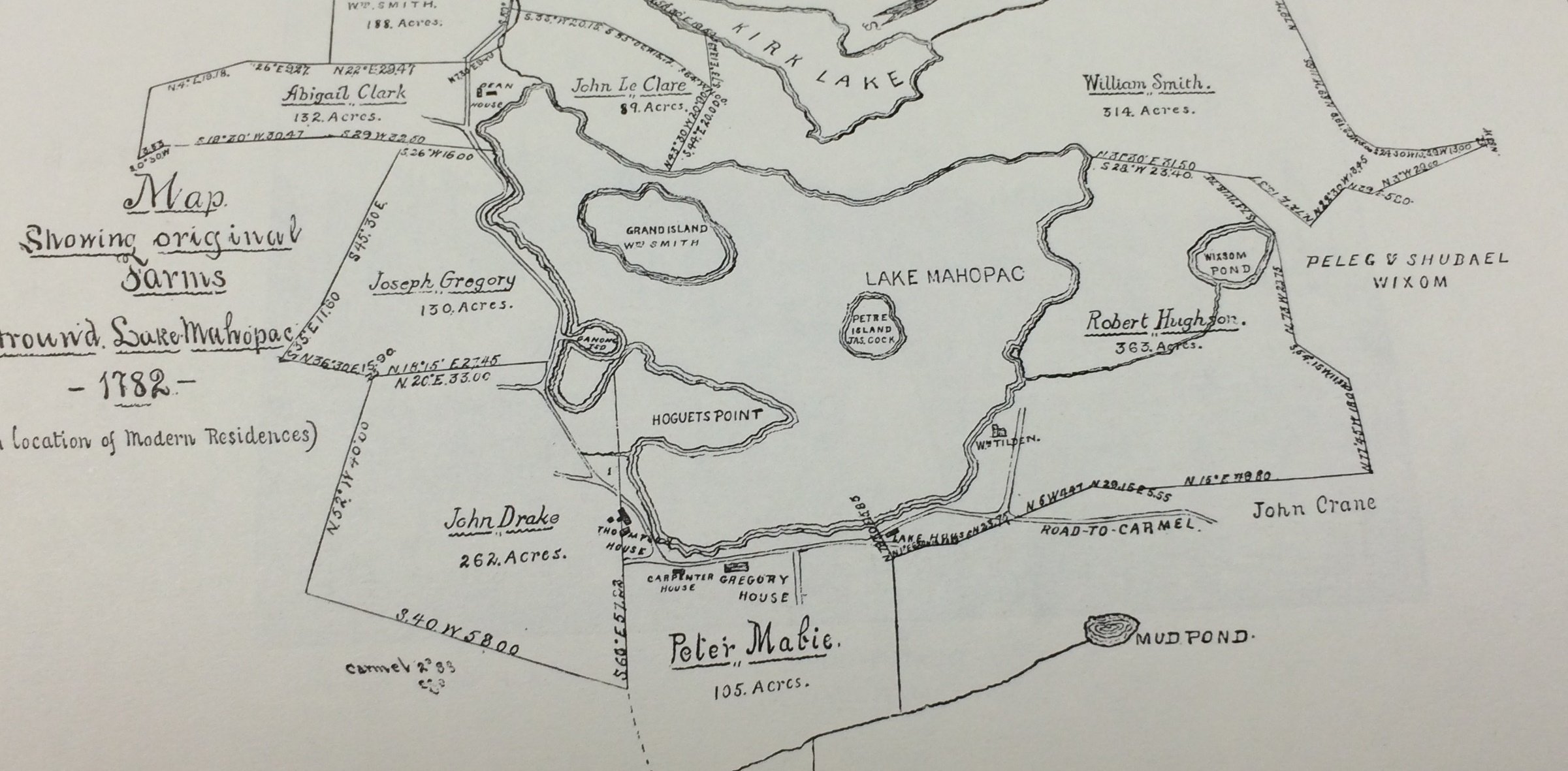 One of the delightful things about genealogy is that it often leads us to learn, and re-learn, our history lessons in unexpected ways.
One of the delightful things about genealogy is that it often leads us to learn, and re-learn, our history lessons in unexpected ways.
I have struggled for many years trying to find any New York documents on my immigrant ancestor John LeClear. He came from France probably at some point in the 1760s. I had first found him in the 1790 U.S. Census living in Half Moon, Albany County, New York. My only other clues came from copies of copies of some letters written by his then 93-year-old grandson, Shubael, which laid out the names and marriages of the first couple of generations of the family, mostly without places or dates. Shubael did state the John lived near Poughkeepsie before moving north to Albany. However, no church, cemetery, or vital records have emerged to help support this statement.
So I spent a lot of time in the Local History section of the New England Historical Genealogical Society library poring over the many sources there in search of John LeClear. I finally discovered mention of him in tax records for the Southeast Precinct and Fredericksburg in Dutchess County between 1770 and 1779.[1] The farmers in this area in the mid-1700s were often tenant farmers, so I did not expect to find supporting land records. However, in the History of Dutchess County, under the town of Carmel, I found a mention that John LeClear acquired land on the north side of Lake Mahopac.[2]
I shared my new findings with Helen Herzer at the NEHGS library. Helen, who has done a lot work on her family in New York, led me to the Family Search database New York Land Records, 1630-1975. These are available online, but are not indexed for search, so it takes a bit of time to find things. My patience was rewarded with a copy of the actual deed recording LeClear’s purchase of 89 acres of land on 31 May 1782 on Lake Mahopac for £26-14.[3]
The broader history lesson related to this finding came with the “seller” of this property: Roger Morris. Legally, he may have been the seller, but I doubt that he approved of the transaction. Morris had retired from the British Army in 1764, and stayed loyal to England through the Revolution. His American-born wife, Mary (Phillipse) Morris, was the oldest daughter of Frederick Phillipse. The Morris property was a part of the vast Phillipse Patent, which was originally some 250 square miles of land situated between the Hudson River and Connecticut. Morris and his family left for England after the conclusion of the Revolution. It turns out that John LeClear’s purchase was actually one of hundreds of transactions made when 50,000 acres of lands that belonged to the Morrises, and to other Loyalists, were confiscated and sold by the State of New York. The Attainder Act of 1779 was the legal means used for these actions.
Later, it was determined in court that due to Morris’ prenuptial agreement, these lands were actually the property of the Morris children and should not have been subject to confiscation. The very wealthy fur-trader and real estate mogul John Jacob Astor got involved. In 1809, Astor acquired the property rights of the Morris children for £20,000. He attempted to collect rents from the purchasers. They naturally refused, since they had paid to own the land, and Astor sued the State of New York for restitution. It took 19 years to resolve the matter, but in 1828 Astor received $500,000 in compensation from New York. In today’s values, Astor turned a large $1.7 million investment into a remarkable $12.5 million.[4]
So, a simple project to find exactly where my farmer ancestor lived in the 1700s evolved into a fascinating history lesson on the post-Revolutionary treatment of the Loyalists and their real estate. This was a part of American history that didn’t get a lot of attention when I was back in school. Though even if it had, I got a much more compelling perspective on these events by being able to directly place my own ancestor in the history lesson.
Notes
- Clifford M. Buck, Dutchess County, N.Y. Tax Lists 1707-1787 (1990), pp. 272, 287.
- William S. Pelletreau, History of Putnam County... (1886), p. 327.
- American Ancestry, New York Land Records, 1630-1975, https://familysearch.org/search/collection/2078654?collectionNameFilter=false
- Futureboy.us, Historical Currency Conversions, https://futureboy.us/fsp/dollar.fsp?quantity=1¤cy=pounds&fromYear=1809
Share this:

About Don LeClair
Don is the Associate Director, Database Search & Systems, at NEHGS. He first got involved with genealogy while in college and spent many a day in the NEHGS library tracing his ancestors through New England and New York. Don also did volunteer indexing work for the library before joining the staff in 2016. Previously, Don had a 30-year career in the software industry working in and leading engineering and product management teams focused on IT Management products. Don has a B.A. and M.B.A. from Boston University.View all posts by Don LeClair →